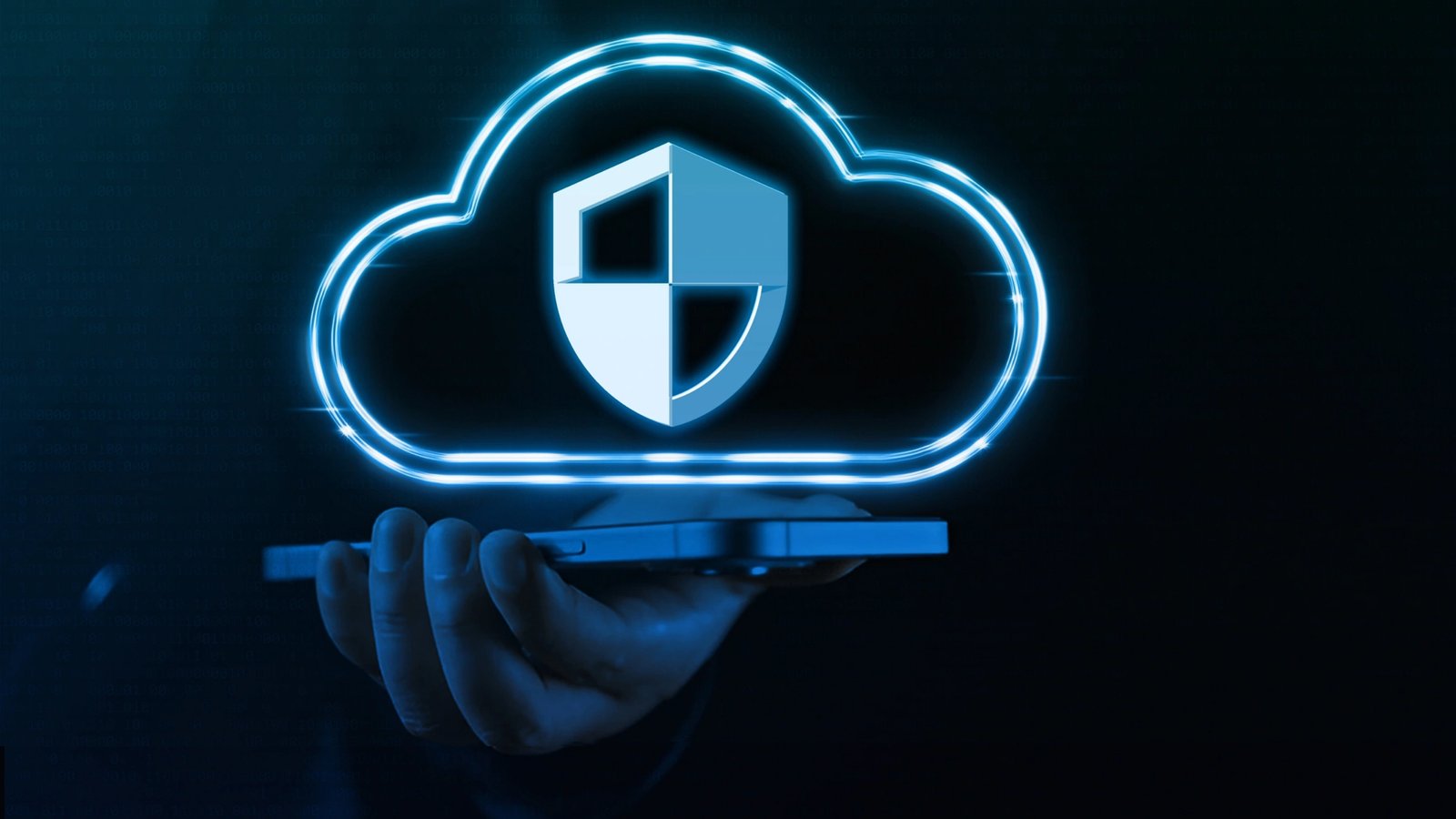In today’s hyper-connected digital landscape, data security is a top priority for businesses. With cyber threats growing in sophistication, traditional cloud computing models face challenges in ensuring real-time protection. Enter edge computing—a revolutionary approach that processes data closer to its source, reducing latency and significantly enhancing security.
But how exactly does edge computing improve data security? And why should businesses consider adopting this technology? In this article, we’ll explore the critical role edge computing plays in safeguarding sensitive information while maintaining efficiency and compliance.
Understanding Edge Computing and Its Security Advantages
Edge computing decentralizes data processing by bringing computation and storage closer to where data is generated—whether from IoT devices, sensors, or user endpoints. Unlike traditional cloud models, where data travels long distances to centralized servers, edge computing minimizes exposure to potential breaches.
Key Security Benefits of Edge Computing:
- Reduced Data Exposure
- Transmitting large volumes of data to centralized clouds increases vulnerability to interception.
- Edge computing processes data locally, limiting the attack surface.
- Lower Latency, Faster Threat Detection
- Real-time processing allows immediate identification of anomalies.
- Security protocols can act instantly, preventing breaches before they escalate.
- Enhanced Privacy Compliance
- Regulations like GDPR and CCPA require strict data handling.
- Edge computing ensures sensitive data stays within geographic boundaries, reducing compliance risks.
- Distributed Architecture Mitigates DDoS Attacks
- Unlike centralized clouds, edge networks distribute workloads, making them resilient against large-scale attacks.
- Encryption at the Edge
- Data is encrypted at the source, reducing risks during transit.
Edge Computing vs. Traditional Cloud: A Security Comparison
| Factor | Edge Computing | Traditional Cloud |
|---|---|---|
| Data Processing | Localized, near the source | Centralized in remote servers |
| Latency | Minimal delay | Higher due to data travel distance |
| Attack Surface | Smaller, fewer entry points for hackers | Larger, more vulnerable to breaches |
| Compliance Control | Easier to adhere to regional laws | Complex due to cross-border data transfers |
| Resilience | Highly resistant to DDoS attacks | More susceptible to outages |
Real-World Applications: Where Edge Computing Boosts Security
1. Financial Services & Fraud Prevention
Banks use edge computing to analyze transactions in real time, detecting fraudulent activities instantly without relying on distant servers.
2. Healthcare & Patient Data Protection
Hospitals leverage edge devices to process patient records locally, ensuring HIPAA compliance and preventing unauthorized access.
3. Smart Cities & Surveillance Systems
Edge-enabled cameras process footage on-site, reducing bandwidth strain and preventing cybercriminals from intercepting feeds.
4. Industrial IoT (IIoT) & Critical Infrastructure
Manufacturing plants use edge computing to monitor equipment, preventing sabotage and operational disruptions.
Overcoming Edge Computing Security Challenges
While edge computing offers robust security advantages, it also introduces new challenges:
- Device Vulnerabilities: More endpoints mean more potential weak spots.
- Physical Security Risks: Edge devices in remote locations may be tampered with.
- Patch Management: Ensuring all edge nodes receive timely updates is critical.
Best Practices to Secure Edge Networks:
✔ Implement zero-trust security frameworks.
✔ Use AI-driven threat detection for real-time monitoring.
✔ Encrypt data both at rest and in transit.
✔ Regularly audit edge devices for vulnerabilities.
The Future of Edge Computing in Cybersecurity
As 5G networks expand and IoT adoption grows, edge computing will become even more pivotal in cybersecurity. Emerging trends include:
- AI-Powered Edge Security: Machine learning will enhance real-time threat response.
- Blockchain for Edge Integrity: Distributed ledgers will verify data authenticity.
- Autonomous Edge Networks: Self-healing systems will minimize human intervention.
Businesses that integrate edge computing today will stay ahead of cyber threats while optimizing performance.
Final Thoughts: Is Edge Computing the Future of Data Security?
With cyberattacks growing in frequency and complexity, relying solely on centralized cloud systems is no longer sufficient. Edge computing provides a faster, more secure, and compliant approach to data processing, making it an essential component of modern cybersecurity strategies.
By reducing latency, minimizing data exposure, and enabling real-time threat detection, edge computing doesn’t just enhance security—it redefines it.
Is your business ready to leverage edge computing for stronger data protection?
